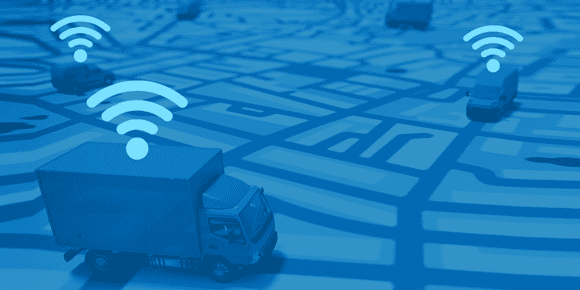With the emergence of connected technologies, the transportation industry has the opportunity to significantly improve operational, economic, and environmental performance. Connected technology can increase fuel efficiency and driver safety while improving your bottom line. The three-part workshop, taking place at the Advanced Clean Transportation (ACT) Expo on Tuesday, April 23, will focus on how today’s connected vehicle technology can help maximize performance while improving safety and compliance.
Part I: OEM Technology Across All Weight Classes
While the implementation of the Federal Motor Carrier Safety Administration ELD mandate dominated the headlines throughout 2018, the commercial truck sector was developing a range of innovative new connected vehicle technologies. This panel will highlight:
- The latest technologies that are standard with today’s commercial fleet vehicles
- How technologies can be leveraged to reduce costs, maximize uptime and performance, and improve safety and compliance
- What technologies are available in the market, and what is in store for the future
Part II: Telematics, Sensors, and Other Tech to Maximize Fleet Assets
Hear directly from leading third-party technology companies about connected tech that can improve your fleet management intelligence, efficiency, and asset utilization. Learn from some of the top vendors in telematics, sensors, and other areas of connected technology on how their service offerings can help improve your fleet operations.
Part III: Understanding the Use Cases and Opportunities of V2G
Vehicle-to-grid (V2G) energy storage technologies hold significant promise as a tool for improving a fleet’s total cost of electric vehicle ownership, while also offering load balancing, grid stabilization, and resiliency benefits to the local power grid. Recently V2G deployments are showing increasing promise, especially in use cases like school buses where the vehicle asset remains unutilized for large periods of time. Join this session to discover:
- What can we learn from some of the demonstrations that have already taken place?
- When will we see this at commercial scale? Are we getting closer?
- What role does the charging infrastructure or network play in V2G?
- What is the short and long-term impact to the vehicle batteries?
- Are there legal or regulatory hurdles to enable V2G at scale or even in pilots?



